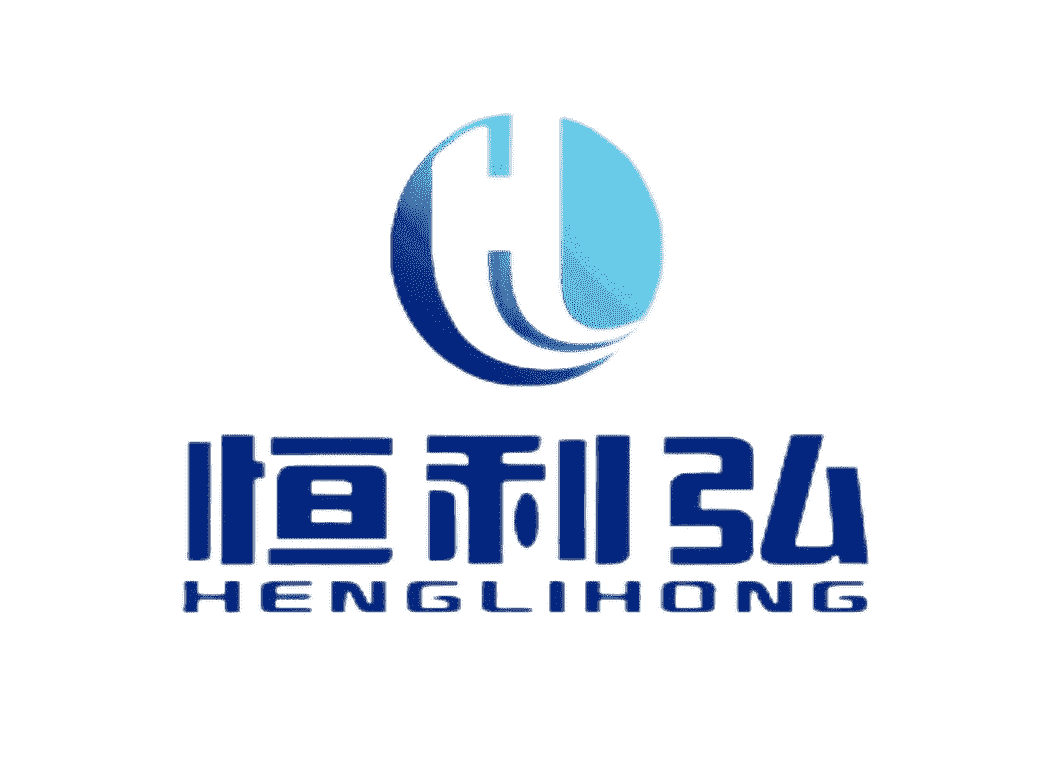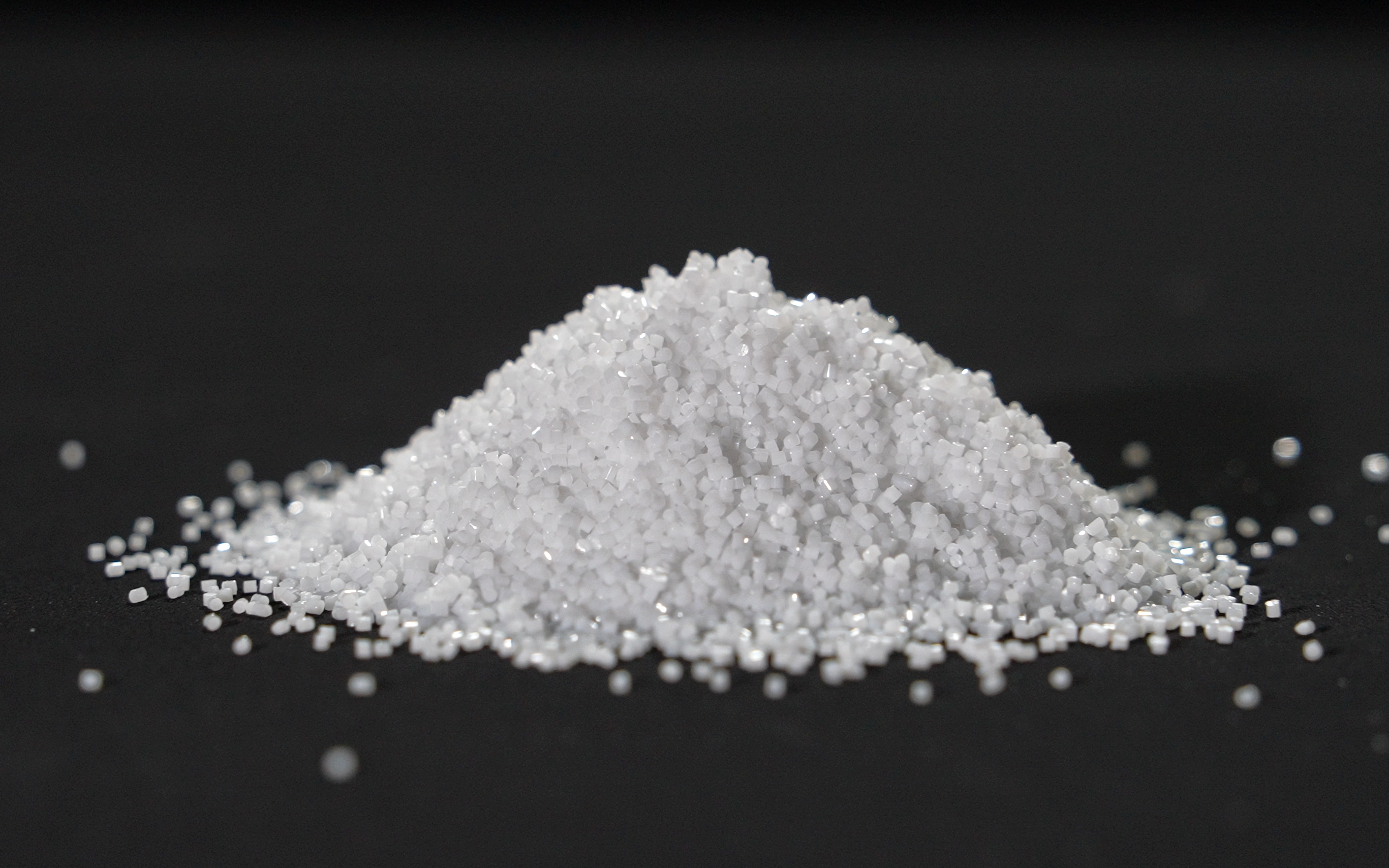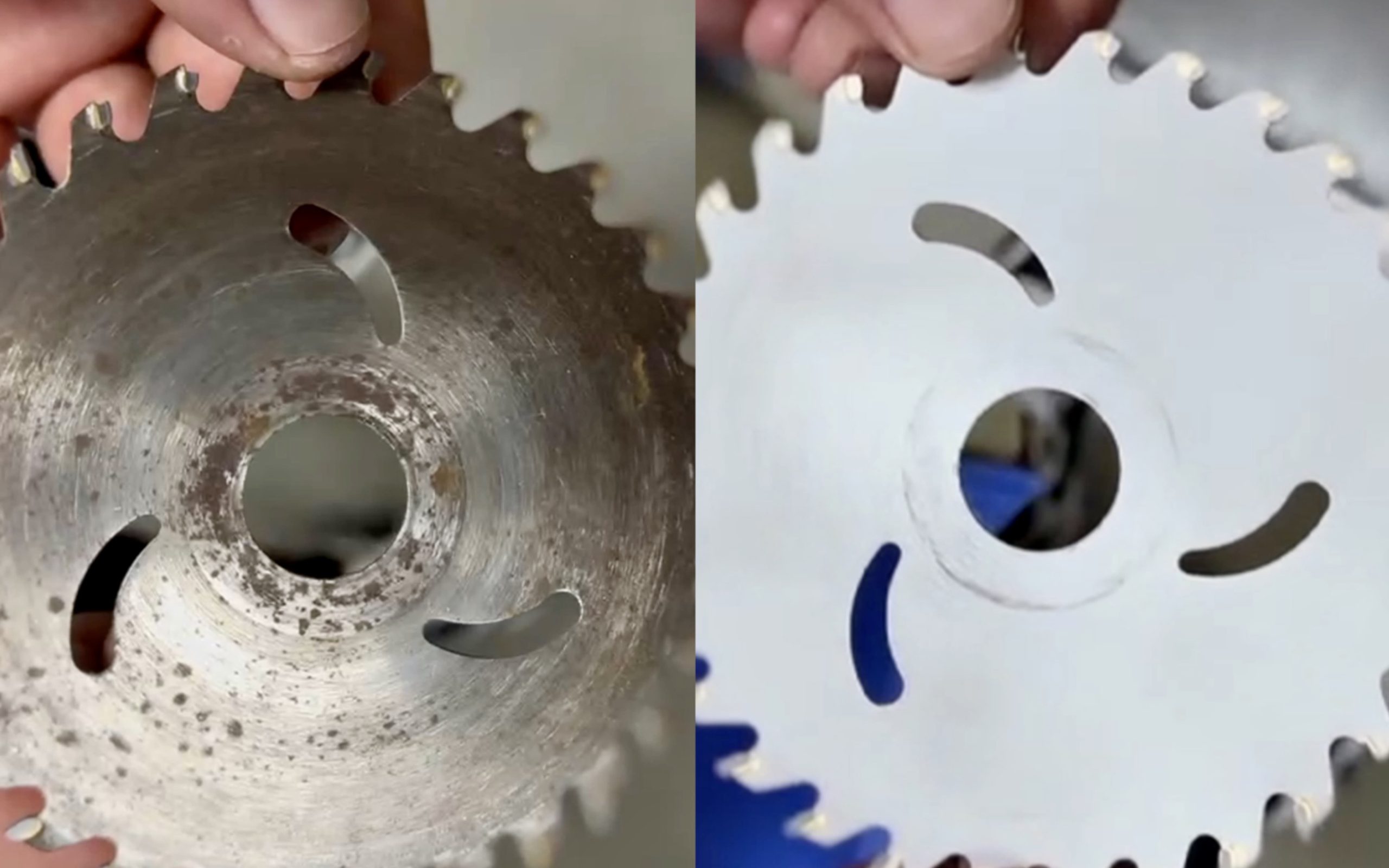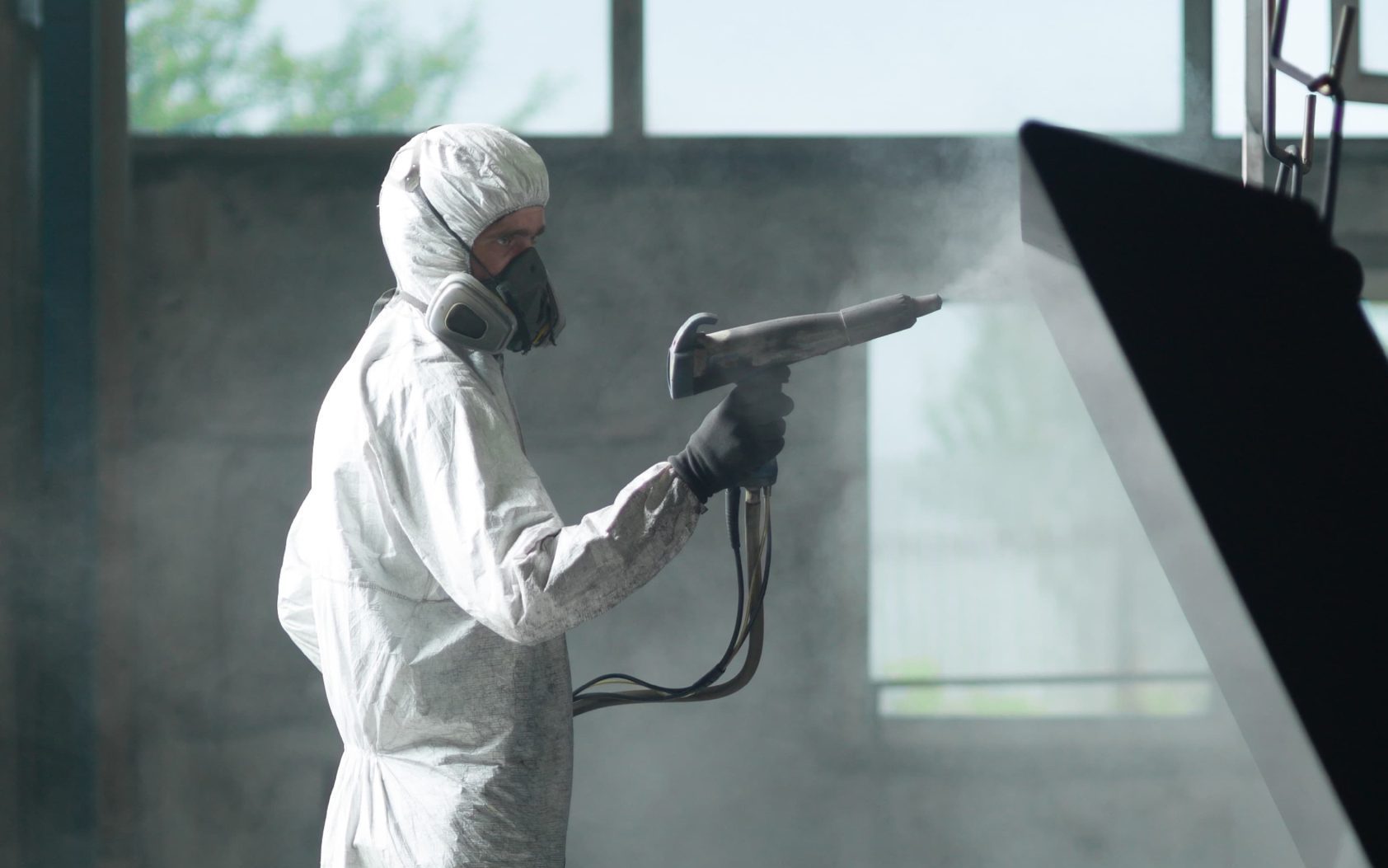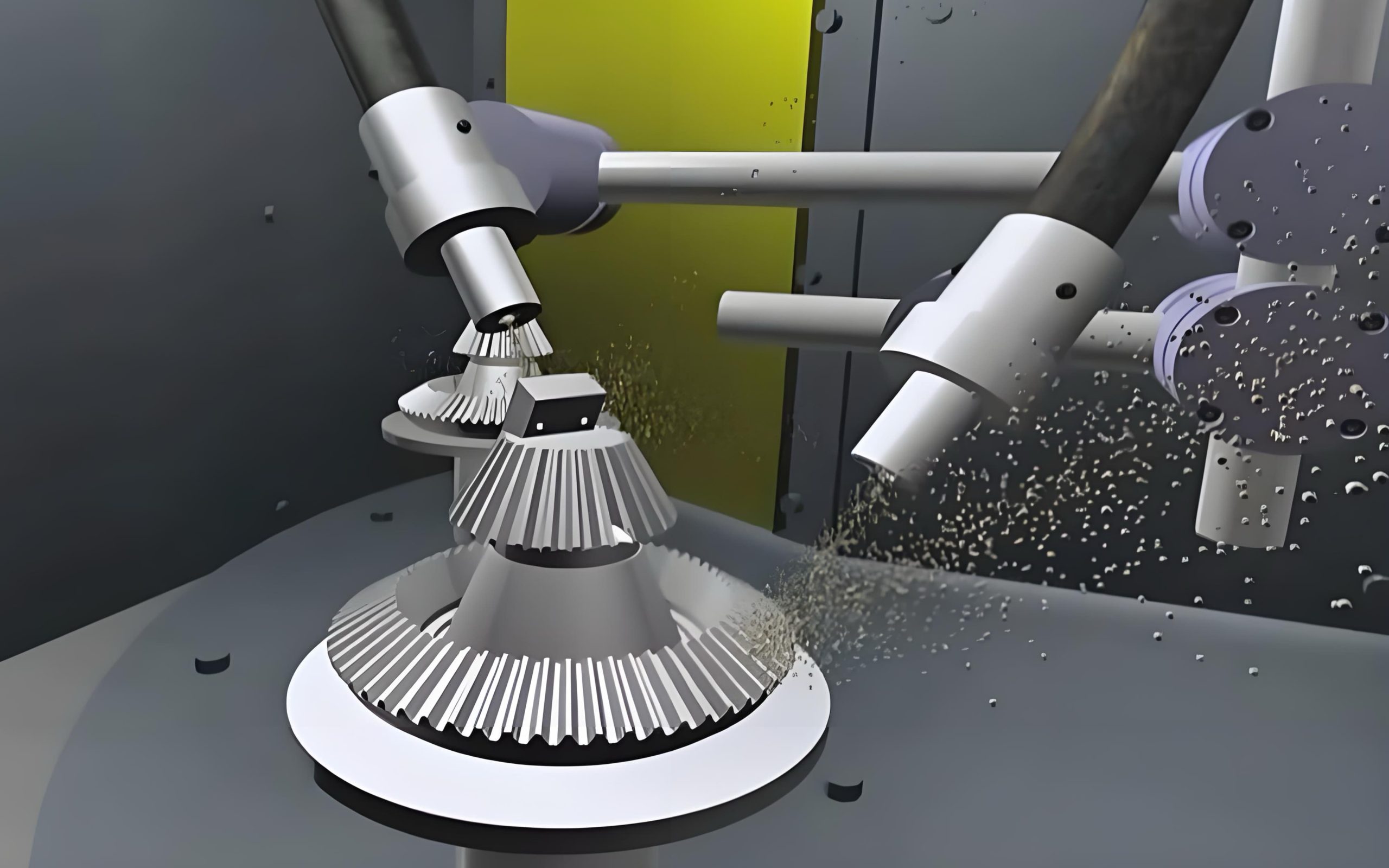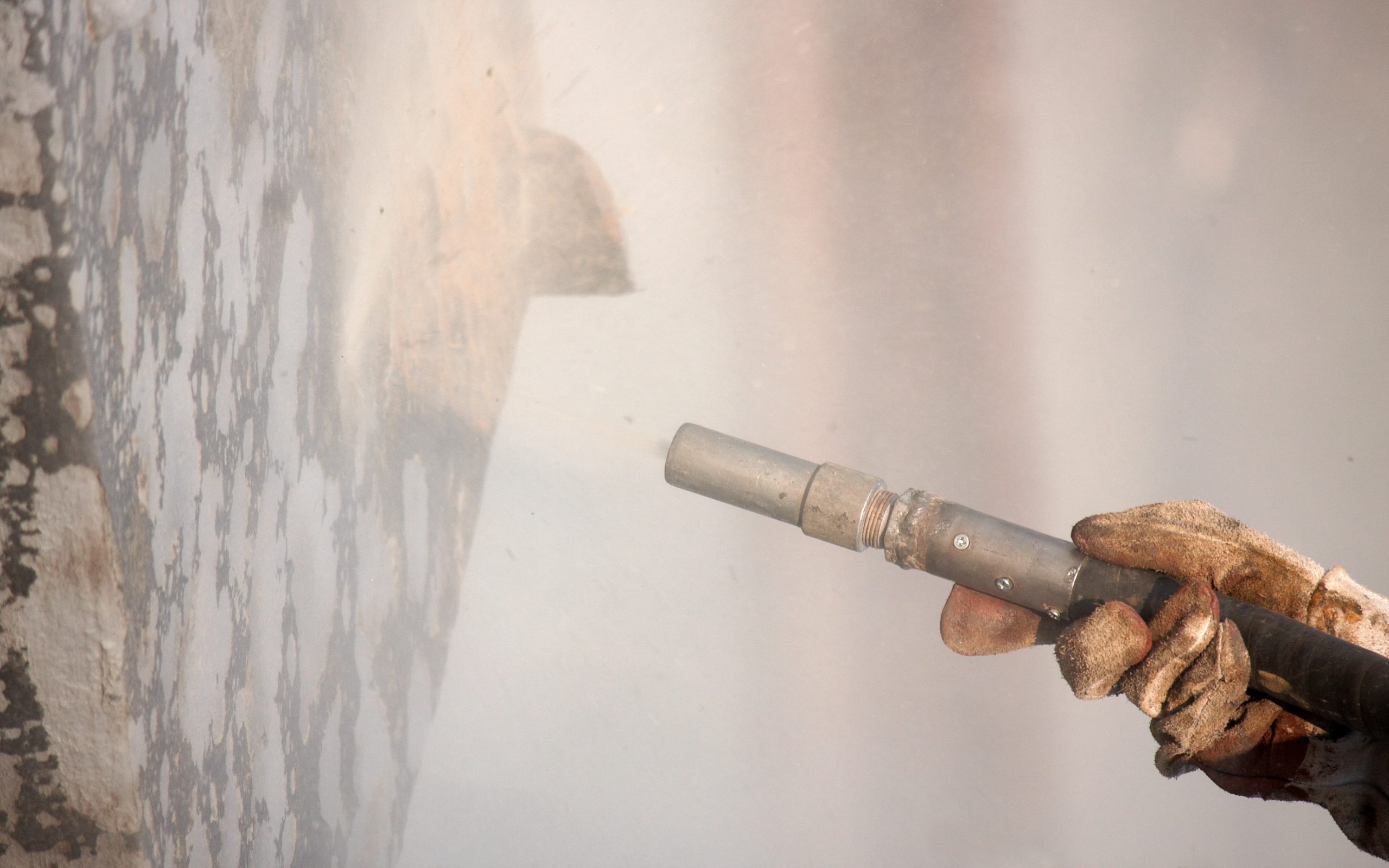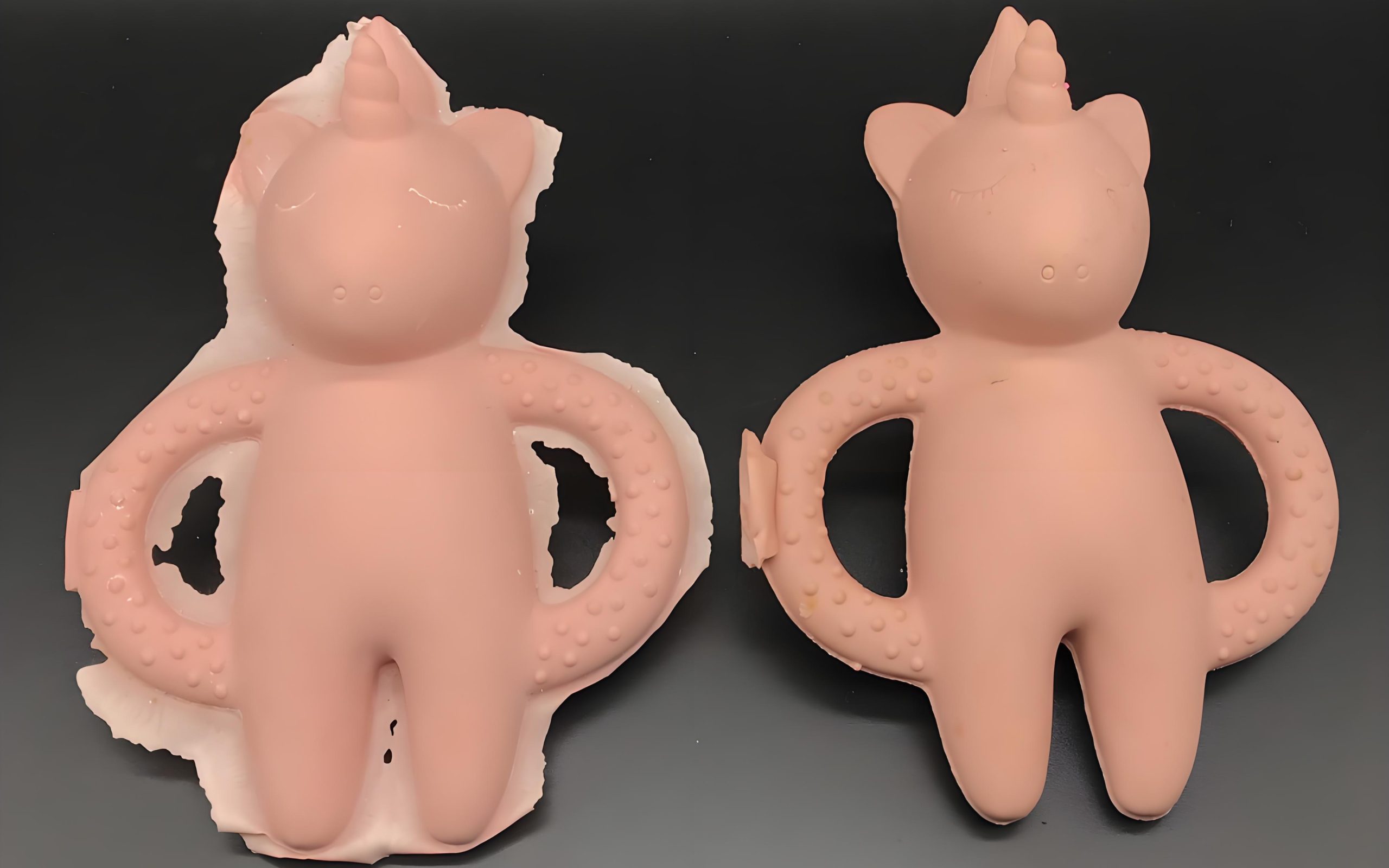Керамическая обработка для прецизионного производства
23 февраля 2025 года
Керамическая обработка стала использоваться как высокоточная обработка поверхности метод, особенно в отраслях, где жесткие допуски, целостность материала и постоянство имеют решающее значение. По сравнению с традиционными абразивными материалами, такими как стеклянные шарики или оксид алюминия, керамические шарики обеспечивают превосходную однородность, долговечность и более чистый процесс абразивной обработки. В этой статье рассматривается ключевые технические аспекты, применение в промышленности и стратегии оптимизации процессов чтобы помочь производителям достичь оптимальных результатов обработки поверхности.
1. Технические аспекты: Состав, твердость и эксплуатационные характеристики
Керамические абразивные материалы состоят в основном из керамика на основе диоксида циркония или глиноземаи обладает уникальными преимуществами:
| Материал | Твердость (шкала Мооса) | Плотность (г/см³) | Ключевые преимущества |
|---|---|---|---|
| Стеклянные бусины | 5-6 | ~2.5 | Низкая стоимость, гладкая поверхность, но низкая прочность |
| Оксид алюминия | 9 | ~3.95 | Высокая агрессивность, хорошо подходит для твердых металлов |
| Керамические бусины на основе диоксида циркония | 7-8 | ~3.85 | Высокая прочность, постоянная шероховатость, не загрязняется |
| Керамические бусины на основе глинозема | 8-9 | ~3.9 | Отличная износостойкость, используется в аэрокосмической и медицинской промышленности |
Керамические шарики на основе диоксида циркония предпочтительны для точное производство потому что они предлагают контролируемая отделка, уменьшенное вкрапление материала и минимальное загрязнение.
Керамические бусины на основе глинозема идеально подходят для приложений, требующих высокая твердость и прочностьТакие, как аэрокосмическая промышленность и производство медицинского оборудования.
Влияние твердости и размера частиц
- Крупные бусины (~100-200 мкм): Более грубая обработка, полезная для повышение адгезии перед нанесением покрытия.
- Более мелкий бисер (~50 мкм или меньше): Создайте ультрагладкое покрытие для медицинские и электронные компоненты.

2. Сравнительное тестирование и анализ производительности
Чтобы подтвердить эффективность керамической обработки, был проведен исследование шероховатости поверхности и адгезии было проведено сравнение различных сред на имплантатах из титана и нержавеющей стали аэрокосмического класса.
| Взрывчатые вещества | Ra (шероховатость поверхности, мкм) | Адгезионная прочность покрытия (МПа) |
|---|---|---|
| Стеклянные бусины (B120) | 0.8 | 20 |
| Оксид алюминия (F220) | 1.5 | 32 |
| Керамические бусины (B170) | 1.2 | 38 |
Керамическая обработка обеспечила оптимальную баланс между шероховатостью и адгезией покрытияПревосходит оксид алюминия по адгезии, не вызывая чрезмерного повреждения поверхности.
Реальные примеры из практики
Аэрокосмическая промышленность: Керамическая обработка была использована для подготовка лопаток турбины к нанесению термобарьерных покрытий, повышение усталостной прочности.
Медицинские приборы: Ортопедические имплантаты, обработанные керамической дробью, экспонированные увеличение скорости остеоинтеграции.
3. Оптимизация процессов для прецизионных компонентов
Достижение правильный баланс шероховатости, чистоты и эффективности требуется точная настройка параметров абразивной обработки.
Ключевые переменные процесса
| Параметр | Влияние на качество поверхности | Рекомендуемый диапазон |
|---|---|---|
| Давление взрыва | Влияет на шероховатость и съем материала | 3-6 бар |
| Расстояние между форсунками | Контролирует силу удара | 100-200 мм |
| Угол взрыва | Влияет на однородность | 45°-75° |
| Размер носителя | Определяет текстуру поверхности | 50-200 мкм |
Совет профессионала: Более низкое давление (3-4 бар) и более мелкие керамические шарики (~50-100 мкм) Идеально подходит для прецизионной электроники и медицинских приборов, В то время как более высокое давление (~5-6 бар) лучше подходит для аэрокосмические покрытия и автомобильные детали.
4. Соответствие отраслевым стандартам и сертификатам
Почему важно соблюдение отраслевого законодательства?
Керамическая обработка должна быть согласована с строгие отраслевые нормы для обеспечения безопасности и производительности:
| Промышленность | Соответствующие стандарты | Преимущества керамической обработки |
|---|---|---|
| Аэрокосмическая промышленность | AMS2431/7, AS9100 | Постоянная подготовка поверхности для нанесения покрытий, усталостная прочность |
| Медицина | ISO 13485, ASTM F86 | Поверхность без загрязнений, идеально подходит для имплантатов |
| Электроника | IPC-A-610 | Прецизионная очистка микрокомпонентов |
Пример медицинского оборудования: Исследование ортопедических имплантатов показало, что титановые поверхности с керамической обработкой соответствует стандартам ISO 13485 для обеспечения чистоты и адгезии покрытия.
Аэрокосмические приложения: Керамическая обработка помогает деталям авиационных двигателей соответствуют спецификациям AMS2431, обеспечение устойчивость к высоким температурам и улучшенный усталостный ресурс.
5. Будущие тенденции в области керамической обработки
Спрос на прецизионная обработка поверхностей продолжает расти, причем автоматизация и устойчивость становятся ключевыми факторами развития отрасли.
Автоматизированные системы струйной обработки: Интеграция Роботизированные манипуляторы и сопла, управляемые искусственным интеллектом обеспечивает повторяемость и эффективность.
Усовершенствованная керамическая среда: Развитие наноструктурированные керамические бусины повышает производительность для сверхточные приложения.
Экологически чистая обработка поверхности: Керамические бусины Перерабатываемыйчто снижает воздействие на окружающую среду по сравнению с одноразовыми абразивными материалами.
Заключение
Керамическая обработка обеспечивает превосходное решение для обработки поверхности для аэрокосмическая, медицинская и электронная промышленность, обеспечение:
✔ Последовательная и точная отделка
✔ Более сильная адгезия для покрытий
✔ Обработка без загрязнений
По ссылке оптимизация параметров струйной обработки, выбор подходящей среды и соблюдение отраслевых стандартовпроизводители могут максимальная производительность и долговечность продукта.
На заказ решения для керамической обработкиСвяжитесь с нашей командой, чтобы получить рекомендации экспертов и стратегии оптимизации процессов.
Фильтры

